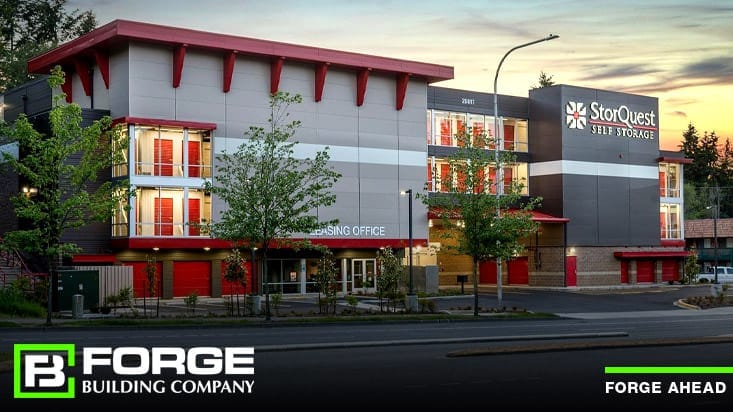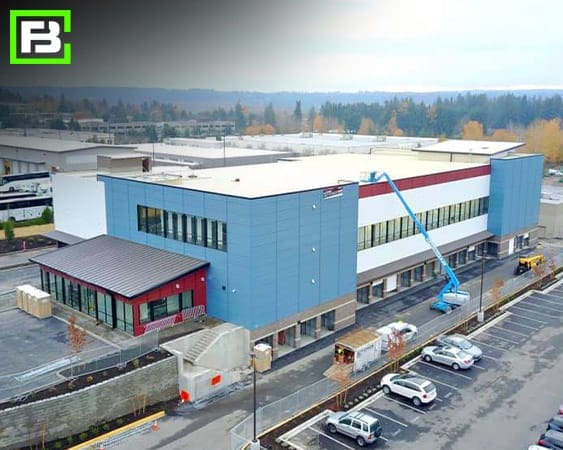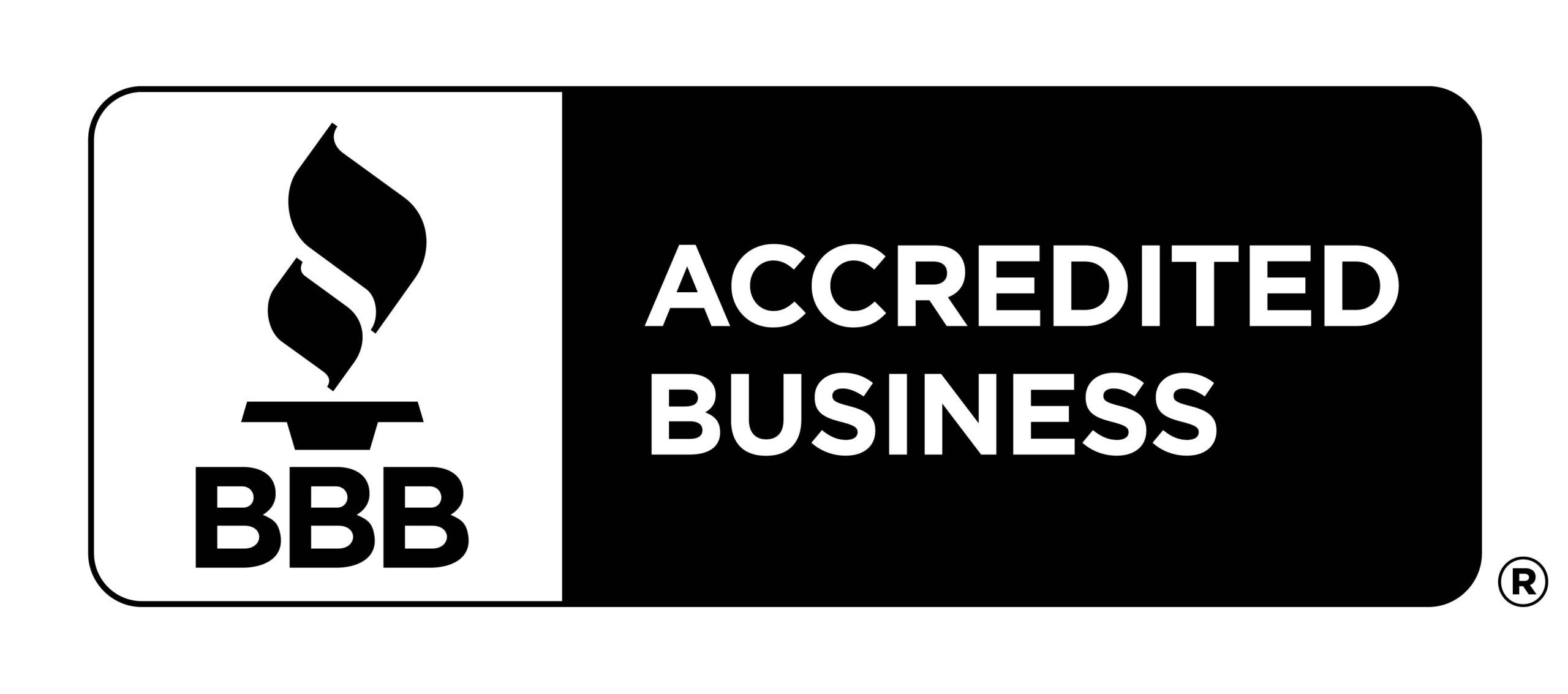Menu

Storage facilities are found virtually everywhere in the U.S. In fact, self-storage units are among the highest-yielding real estate investments on the market. Once maintenance and security are in place, owners are free to collect numerous rent checks per square foot. Moreover, storage facilities remain buoyant during poor economic conditions.
The United States is the main player in the self-storage industry, where the industry is estimated to be worth $38 billion. There are approximately 50,000 storage unit facilities throughout the U.S offering more than 2.3 billion square feet of self-storage space.
About 18% of the industry is owned by the top five players, U-Haul and four (4) REITs (real estate investment trusts). This fact illustrates that there are numerous small, independent self-storage operations throughout the country building storage units. At any given time, about 10% of American households rent commercial storage units.
Life events such as moving, divorce and even death often trigger the need for temporary and long-term storage. It’s no wonder that more and more investors are looking for contractors to build commercial storage buildings.
Competition among self-storage units is greatest in metropolitan areas, where available, properly zoned land is at a premium. Many units are manufactured modular buildings that are easy and relatively quick to assemble. For this reason, building storage units has never been easier or more cost-effective.
 Vacant land can become an income producing asset for landowners looking to increase revenue. Land is valuable, and while land may be most valuable when a structure is built on it, this doesn't mean it can start producing income immediately. It all takes proper planning with the right steel building contractor that fully understands the entire process from land acquisition to the architectural process to final construction.
Vacant land can become an income producing asset for landowners looking to increase revenue. Land is valuable, and while land may be most valuable when a structure is built on it, this doesn't mean it can start producing income immediately. It all takes proper planning with the right steel building contractor that fully understands the entire process from land acquisition to the architectural process to final construction.
If you’re in the position of buying land for the purpose of converting it into a commercial storage development, you’ll need to understand a few things.
The minimum size of a self-storage facility is usually 40,000 square feet of rentable space, which typically requires two to three acres of land. The best sites are situated at major intersections that are easy to access and near a high, population density in a growing region.
Ideally, a self-storage facility would be free of nearby competitors and would also be close to a retail center. Of course, local zoning must permit building storage units in that specific location. So it is key to understand:
Every lot is different. You will likely have the option of using the equity in the land to pay the down payment on a construction loan. A lot goes into the development process, and lenders want to ensure they have as little risk as possible when lending money.
Putting the land up as equity when owned allows you to avoid paying cash for the down payment. Some lenders may require a cash investment, but this varies from lender to lender.
Once your loan is approved, you can begin developing the land into an income-producing storage facility. Storage units can generate a lot of revenue when you have the right structure built for that particular area.
In a previous blog titled “Building a Commercial Storage Building” we covered how to successfully build and develop a self-storage facility.
 Self-storage buildings offer a variety of individual storage rooms. In square feet, the most popular storage room sizes include: 5×10, 10×10, 10×20, 10×30, 15×20 and 20×20 (the later of which is approximately the same size as a two-car garage).
Self-storage buildings offer a variety of individual storage rooms. In square feet, the most popular storage room sizes include: 5×10, 10×10, 10×20, 10×30, 15×20 and 20×20 (the later of which is approximately the same size as a two-car garage).
The units typically have corrugated-metal walls, no windows and can be locked by the renter/tenant. Access to the facility may be secured by clerical staff, security guards, digital gate codes, alarms and security cameras.
Individual units might have a conventional lock or perhaps something more high-tech, such as a keypad, card reader, or biometric scanner. Higher-end units provide climate control, around the clock access, and power outlets within individual units.
For a sample of the types of single-story self-storage buildings that Forge offers, please check out: Single-Story Self-Storage Building Contractors.
Here are three points you should consider before hiring a storage building contractor:
The cost to build storage units starts with land costs and parcel sizes. A facility of 40,000 square feet requires a land parcel size of 2 to 3 acres. You need 3 to 4 acres for 60,000 square feet and 4 to 5 acres for 80,000 square feet, and so on.
Generally, about 40% of a storage facility’s client base demands climate-controlled units. This feature increases rental prices 25% to 60%, but costs only 10 cents per square foot! In other words, climate control has an incredibly high return on investment (ROI).
The coverage ratio of a site is the amount of land covered by the storage facility. For example, if you have 6,000 square feet of coverage on an 8,000 square foot lot, your coverage ratio is 75%. Naturally, the higher the ratio, the more revenue you can squeeze out of the storage facility. So bear that in mind before you start building storage units.
For single-story units, expect to pay $25-$40 per square foot, but multistory self-storage units typically cost $42-$70 per square foot. Additional cost factors like electricity, plumbing, and security systems can add $15-$45 per square foot. (source: Assets America)
In terms of constructing storage unit buildings, the cost can be relatively affordable. Depending on the region and building size, expect to pay $25,000-$100,000 for simple, steel buildings with 10-50 units. The cost to build storage units can be surprisingly within reach.
Developing land is a costly venture but finding the funds to develop the land with the best steel building contractor will also reap the highest return on investment.
Costs have changed since the posting of this blog. The hard and soft costs of construction will vary from project to project. Let’s break it down.
Keep in mind, that prices in materials, such as steel, may fluctuate and this directly impacts the cost per square foot. Also, you may be building in an area that is experiencing labor shortages causing the labor prices to increase as well.
